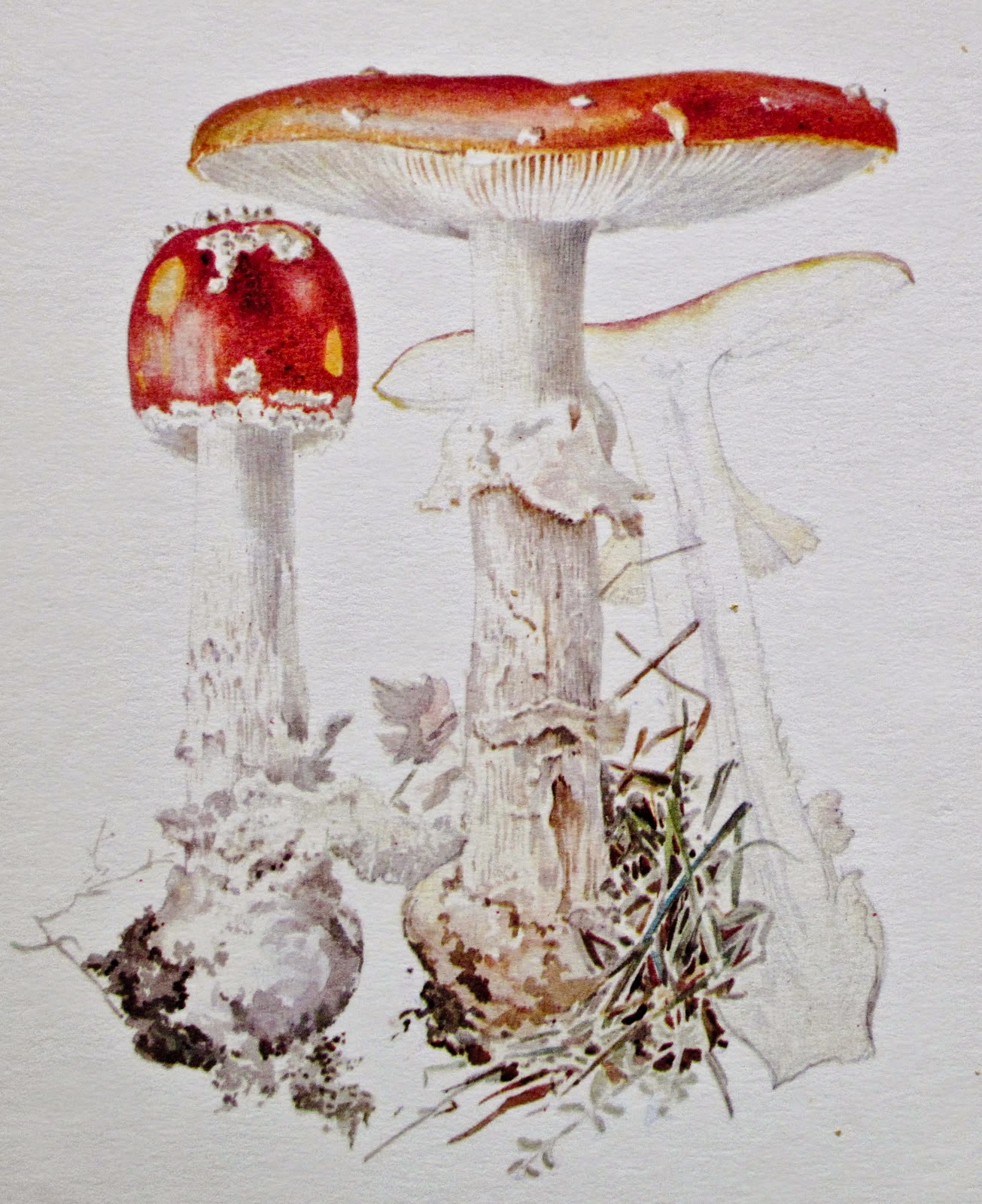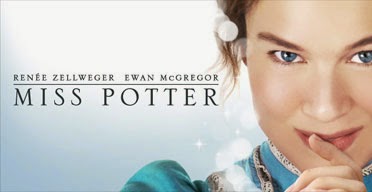I have always been charmed by the work of Beatrix Potter. Each little book, each adorable character, and the cadence of each story has been a delight.
Beatrix was born on July 28, 1866 to wealth and parents who lived in London but who take a summer holiday each year to the country side. It is on those holidays that Beatrix is happiest for she loves nature and animals.
Her father is artistic and a photographer who encourages Beatrix in her sketching and painting. She has only one sibling, Bertram, who also has artistic sensibilities.
Her mother, Helen, is an opinionated and society driven woman who makes life difficult for those around her. Beatrix is educated by governesses and spends most of her time in London on the third floor of her home on Bolton Place. She longs to escape from the confines of her parents' plans and desires for her.
They become engaged but Beatrix's parents ask them to keep it a secret as Norman is not of the class they wished for in a son-in-law. Beatrix rebels, accepts a ring, goes on holiday with her parents per their desire, and soon learns that Norman is ill. He continues to decline and dies within a month on August 25, 1905 from leukemia much to Beatrix's despair.
That same year, Beatrix had purchased her own home with book royalties in the Lake District of northern England. She had first been introduced to the area while on summer holidays with her parents. She finally felt like she had a bit of the independence she so desired. William Heelis, a solicitor, had helped her with her purchase of Hill Top Farm as well as neighboring farms as they became available. Five years later they were married and spent over thirty years as a couple.
Beatrix loved the Hill Top farm house. It is where she would go to paint and to write in her own created and decorated space. She and William lived in another home called Castle Cottage across the meadow from Hill Top.
Over the years, Beatrix and William worked to secure properties and to improve their farms raising Herdwick sheep and cattle. These were working farms which upon their deaths would revert to The National Trust to be cared for in perpetuity.
In later life, she didn't write nor paint much citing her failing vision. She was also very busy with the farming aspects of her life which she very much enjoyed. Upon her father's death, her mother moved to the Lake District and made life harder for Beatrix who was the ever dutiful daughter even though her mother made things harder and was most selfish. Her father had left millions of dollars to his wife and Beatrix tried to talk her into donating to the National Trust but she would not nor to any other causes. She lived into her nineties which Beatrix thought to be somewhat unfair considering her demanding and selfish life style.
Beatrix was elected as President of the Sheep Association in her area, the first woman to be so honored. Unfortunately she passed away shortly after in 1943 after having undergone several surgeries. She was 77 years of age. William was devastated and followed 18 months later in 1945. Today one can view their properties now under the auspices of The National Trust. Beatrix, shortly before her death, arranged Hill Top to be exactly like she wanted it to be for all who would follow.
Beatrix Potter's book period was most active between 1902 and 1922. Her books are still widely sold as well as the figurines and toys designed from her illustrations.
Here is a map of the Lake District which I would love to visit some day.
Linda Lear is a botanist and her book leans heavily on Beatrix as a naturalist. She discovered, studied, and drew as well as painted fungi she found in the wild. Her drawings of nature are highly prized today. She also studied small animals and their anatomy as well as kept many as pets. This knowledge helped in the illustrating of her books.
As I was reading the book, I remember that a movie had come out some years ago about Beatrix Potter. I found that the library had a copy which I put on hold. I also watched it this week and while events are somewhat rearranged, I still enjoyed it very much.
As I finished the book last night, I remembered A Fine Romance by Susan Branch about her travels through England including the Lake District. I blogged about it here.
I reread those pages this morning. Yes, I really would like to travel to the Lake District. Susan Branch and her husband, Joe, visit many National Trust properties while on their trip through England.
Before picking up the Potter biography, I had just finished Six Wars at a Time which I had purchased in the gift shop at Mt. Rushmore. As I began writing this blog about Beatrix Potter, I realized that here was another artist of the same time period. Gutzon Borglum was born to Danish Mormon immigrants in Idaho in 1867. His family left the Mormons and his father went to medical school in St. Louis. It was a polygamous family and the father had married sisters. Gutzon's mother, the second wife, left the family including her two sons. This made Gutzon's childhood difficult and he struck out on his own while a teenager. This was partly due to his over controlling father.
His full brother, Solon, was also a sculptor and an artist and some times they found themselves in competition for projects.
Gutzon wanted to do big things that would have a big impact. His first larger than life project was Stone Mountain in Atlanta, Georgia. Conflicts would cause him to leave that project behind but not before he had begun planning and working on Mt. Rushmore. Work began in 1927 and ended in 1941. Gutzon Borglum died in March of 1941 and his son, Lincoln, continued on until October 1941 having worked with his father previously.
Borglum liked to do many things in a big way. Many of his sculpted memorials dot the world including this one of boy soldiers during the Civil War in North Carolina. He also served on park boards in New York City, planned a road system in Texas, and lectured across the country sharing his strong political views. While working on Rushmore, he bought a working cattle ranch south of the Black Hills in South Dakota on which he also labored.
It was interesting for me to compare two lives of almost the exact same time period but in very different environments although they both experienced the same world events such as World War I and part of World War II. Both were artists, one who worked small and the other large, but they were both driven to leave a physical gift for their countrymen.
I hoped to buy copies of this book for my granddaughters to take home as a souvenir for their families but it was not available at any of the gift shops at Mt. Rushmore. While a librarian I ordered a copy for the elementary school library where I worked. It is a great book with outstanding illustrations and a very complete but easily read story of the creation of Mt. Rushmore. I highly recommend it.























2 comments:
Sounds like you've done lots of great reading lately!
I really enjoyed reading your blog post - thanks for including the photographs. Can't decide whether I want to read the Lear biography, but I do need to get up to the Lake District soon!
Post a Comment